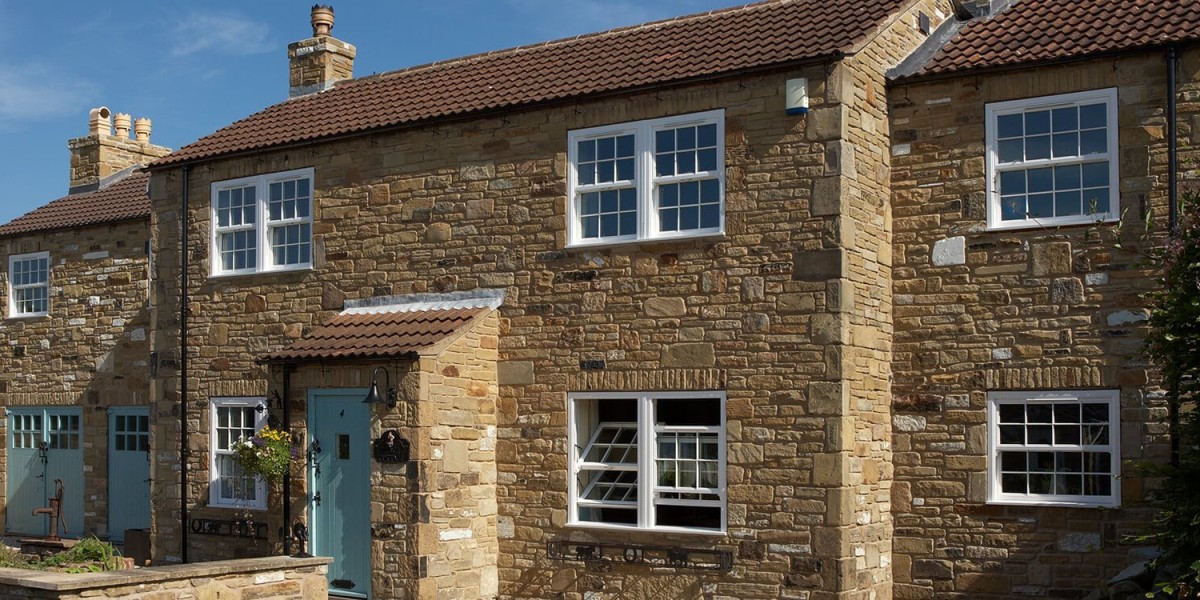Diamonds are more than just dazzling stones—they are timeless symbols of love, luxury, and self-expression. One of the most defining features of any diamond is its shape. Whether chosen for an engagement ring, a milestone celebration, or personal elegance, diamond shapes speak volumes about style and personality.
From the iconic Round Brilliant to the sleek Emerald Cut, the delicate Cushion, and the contemporary Princess, each shape brings a unique charm and character. As consumer preferences evolve and design trends shift, diamond shapes continue to reflect broader cultural and aesthetic movements.
Let’s explore the most popular diamond shapes, what makes them special, and how they continue to shape the jewelry landscape.
1. Round Brilliant Cut (60% Market Share)
Defined by: 58 facets, symmetrical circular cut designed for maximum brilliance
Background: Perfected in 1919 by Marcel Tolkowsky, made iconic post-WWII by major diamond campaigns
Why It’s Loved: Exceptional sparkle, timeless appeal, flattering in all settings
Symbolism: Eternity, tradition, perfection
2. Princess Cut (15%)
Defined by: Square or rectangular cut with brilliant facets and sharp corners
History: Gained popularity in the 1980s among modern and budget-conscious buyers
Key Traits: Bold geometry, vibrant brilliance, efficient use of rough diamond
Symbolism: Independence, youthful love, modern edge
3. Cushion Cut (10%)
Defined by: Rounded corners with large facets; sometimes called a “pillow cut”
Historical Note: Originated in the 19th century, resurfaced with vintage design revival in the 2000s
Why It Shines: Antique charm meets modern brilliance; great for colored stones
Symbolism: Nostalgia, elegance, romantic warmth
4. Emerald Cut (7%)
Defined by: Rectangular shape with step cuts and a broad, open table
Heritage: Traced back to Art Deco styling in the 1920s–30s
Why It’s Unique: Sophisticated luster, clarity-focused cut, less sparkle but more depth
Symbolism: Power, clarity, quiet confidence
5. Oval Cut (3%)
Defined by: Elongated brilliant-cut similar to a round but stretched in shape
Popularity Surge: 2010s revival via celebrity influence and engagement trends
Advantages: Finger-lengthening effect, appears larger per carat
Symbolism: Individuality, elegance, balance
6. Pear Cut (3%)
Defined by: A hybrid of round and marquise, shaped like a teardrop
Historical Roots: Developed in the 1400s, peaked in Victorian times, now trendy again
What Sets It Apart: Uniqueness and dramatic flair, ideal for pendants or edgy rings
Symbolism: Empowerment, transformation, emotion
7. Asscher Cut (1%)
Defined by: Square step cut with cropped corners, deep pavilion
Art Deco Origin: Patented in 1902, revived during vintage resurgence in early 2000s
Distinctive Appeal: Strong symmetry, deep clarity, vintage sophistication
Symbolism: Intellect, legacy, timeless strength
8. Marquise Cut (1%)
Defined by: Pointed ends with a narrow center; maximizes carat visibility
Royal Past: Created in 18th-century France for King Louis XV
Why It’s Regal: Elongating effect, dramatic, vintage charm
Symbolism: Romance, opulence, confidence
9. Radiant Cut (<1%)
Defined by: Hybrid of brilliant and step-cut facets; square or rectangular
Modern Innovation: Created in 1977 for versatility
Why It Works: Combines sparkle and structure; ideal for fancy-colored diamonds
Symbolism: Creativity, adaptability, bold beauty
Famous Diamonds by Shape
Many iconic diamonds are defined not just by their size, but by their shape and setting. Here are a few examples of world-renowned diamonds categorized by cut:
Round Brilliant: Centenary Diamond, Orlov Diamond
Princess: Britney Spears' and Kate Bosworth’s engagement diamonds
Cushion: Hope Diamond, Regent Diamond
Emerald: Elizabeth Taylor’s Krupp Diamond
Oval: Koh-i-Noor, Blake Lively’s engagement ring
Pear: Taylor–Burton Diamond, Cullinan I
Asscher: Royal Asscher Diamond
Marquise: Pompadour Diamond, Zeta-Jones’ ring
Radiant: Jennifer Lopez’s pink diamond from Ben Affleck
Gemstone Shapes: A More Artistic Perspective
Unlike diamonds, which are precision-cut for brilliance, colored gemstones follow a more organic and artistic philosophy. Their shapes are often chosen to enhance color, retain weight, and celebrate natural beauty. Popular shapes include:
| Shape | Popularity | Typical Uses |
|---|---|---|
| Oval | 30% | Sapphires, emeralds, rubies |
| Cushion | 25% | All colored stones |
| Emerald Cut | 15% | Aquamarine, emeralds |
| Cabochon | 10% | Opals, moonstones, turquoise |
| Pear | 8% | Tourmaline, tanzanite |
| Round | 5% | Spinel, garnet |
| Freeform/Fantasy | 7% | Custom or high jewelry pieces |
This freedom of form opens new doors for designers and collectors seeking individuality and expression beyond sparkle alone.
Final Thoughts: Shape Reflects Identity
The shape of a diamond or gemstone does more than influence a ring’s style—it becomes part of the story. From the traditional sparkle of round cuts to the creative curves of freeform gemstones, shape represents values, personality, and heritage.
Whether you're drawn to a classic symbol of everlasting love or a bold, modern silhouette, understanding diamond and gemstone shapes is the first step in finding the piece that speaks to your soul.
Interested in Diamonds or Gemstone Education?
This article serves as a valuable guide for those passionate about gemology, luxury jewelry design, or simply exploring the beauty of precious stones. Stay curious—each shape reveals a facet of history, emotion, and craftsmanship.








